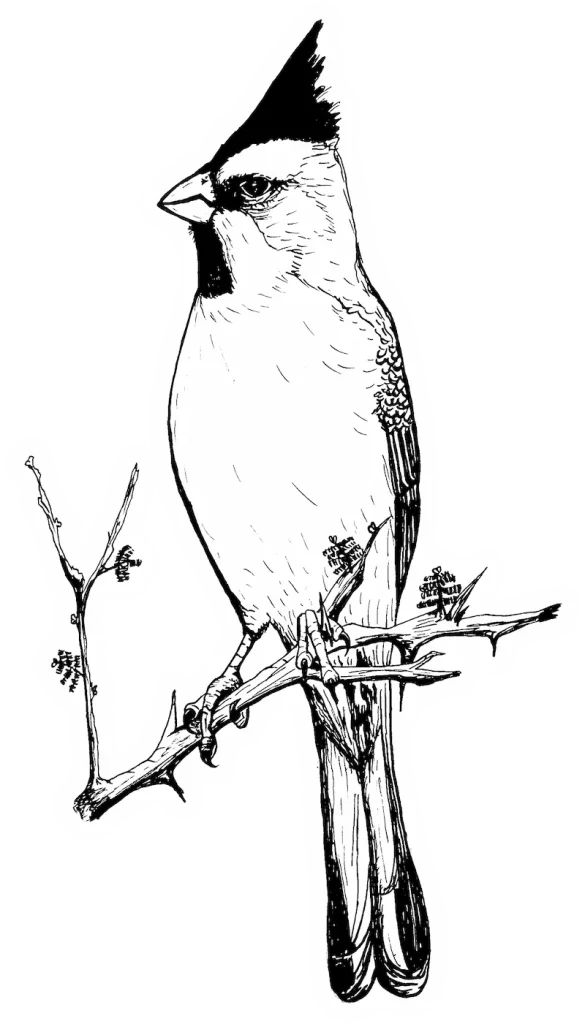Genomic drivers of evolutionary change: micro- and macro-evolutionary examples across the avian tree of life
- Conferencia

- Conferencia
Genomic drivers of evolutionary change: micro- and macro-evolutionary examples across the avian tree of life
EDWARDS, Scott V.
Harvard University, USA
rao@avesargentinas.org.ar
Next-generation sequencing is unleashing a plethora of variation both within and between species and allowing stronger links between genotype and phenotype. In this talk I will present two examples from my lab that take advantage of natural experiments, both within and between species, to understand the genetic basis of micro- and microevolutionary change in birds. We first use a technique called ddRad-seq, which recovers variation at thousands of points along the genome, to detect introgression among Zimmerius flycatcher species in the Andes. This introgression helps explain an enigmatic ‘mosaic’ population, which possesses the song of northern chrysops but the plumage of southern viridiflavus. We next present data on multiple new complete genomes flightless birds (Palaeognathae), which we use to understand the genetic basis of flightlessness in this group. Our phylogenomic analysis, as well as recent studies by other groups, strongly suggests that flight was lost multiple times in this group, a conclusion that clashes with a centuries-old scenario in which flight was lost just once in the common ancestor. I will demonstrate how we use detailed analyses of genes and non-coding regulatory regions to conclude that regulatory, not protein-coding, genomic changes drove the evolution of flightlessness. This scenario contrasts markedly with a similar analysis for convergent vocal learning in birds, which appears to be driven much more by protein evolution. Together these studies reveal how introgression and parallel genomic changes across species can help explain novel phenotypes in birds, and how natural selection can operate in multiple lineages independently.
Cita sugerida:
- EDWARDS, Scott V.
- (2017)
- Conferencia.
- XVII RAO
- (página 10 pdf)
Derechos de autor:
Esta obra está bajo una licencia Creative Commons Atribución-NoComercial (CC BY-NC).
